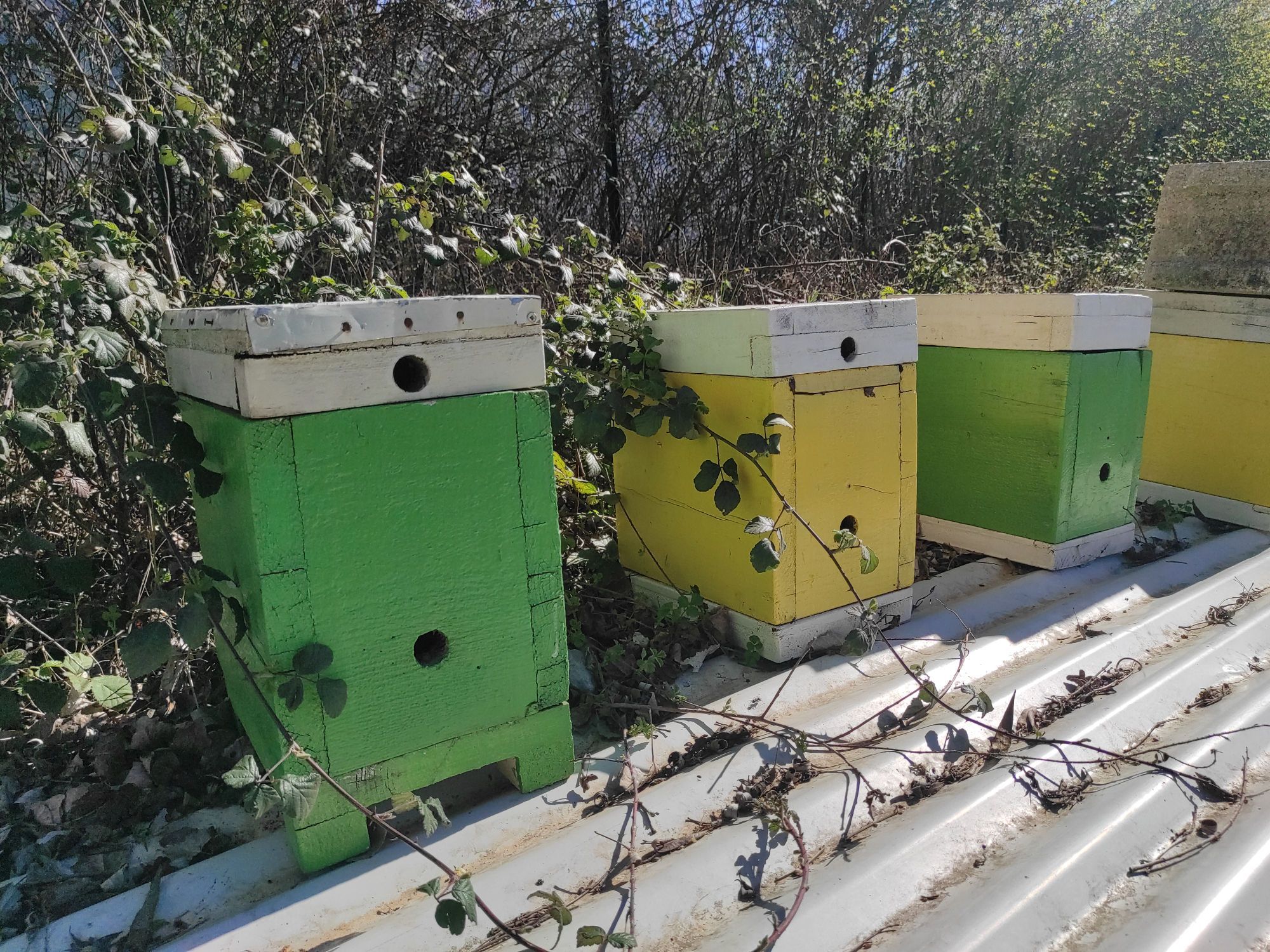
**Title:** The Benefits of Mating Nucs in Beekeeping
**Introduction**
Beekeeping is a rewarding and fascinating hobby that not only benefits the environment but also provides us with delicious honey and beeswax. One essential aspect of successful beekeeping is the use of mating nucs, also known as nucleus colonies. Mating nucs are small honey bee colonies designed to raise new queens and ensure the survival and productivity of the hive. In this blog post, we will explore the benefits of using mating nucs in beekeeping and discuss how you can create your own wooden mating nuc.
**The Importance of Mating Nucs in Beekeeping**
Mating nucs play a crucial role in the beekeeping process as they allow beekeepers to raise new queens and maintain genetic diversity within the hive. By using mating nucs, beekeepers can control the breeding process and ensure that the new queens are healthy, strong, and well-mated. This is essential for the overall health and productivity of the hive.
Mating nucs are also useful for preventing swarming, a natural behavior of honey bee colonies where a large group of bees leaves the hive with the old queen to establish a new colony. By creating mating nucs, beekeepers can provide an alternative home for the swarm and prevent the loss of valuable bees.
**DIY Wooden Mating Nucs**
Creating your own wooden mating nuc is a cost-effective and straightforward way to enhance your beekeeping practices. Here is a step-by-step guide on how to build a wooden mating nuc:
1. **Materials Needed**: To build a wooden mating nuc, you will need a few essential materials such as wooden boards, nails or screws, a hammer or screwdriver, and a saw for cutting the wood to size.
2. **Design the Nuc**: Start by designing the dimensions of your mating nuc. A standard mating nuc is typically smaller than a regular hive box and should have enough space to accommodate a few frames for brood, pollen, and honey storage.
3. **Cut the Wood**: Using a saw, cut the wooden boards to the desired dimensions for the bottom, sides, and top of the mating nuc.
4. **Assemble the Nuc**: Assemble the wooden pieces together using nails or screws to create the structure of the mating nuc. Ensure that the nuc is securely built to prevent any gaps or openings that could allow bees to escape.
5. **Add Frames**: Place a few frames inside the mating nuc, making sure to include a frame with eggs or young larvae for the bees to raise a new queen.
6. **Place the Mating Nuc in the Apiary**: Once the mating nuc is assembled, place it in a suitable location within your apiary where it can receive sunlight and protection from the elements.
**Conclusion**
In conclusion, the use of mating nucs in beekeeping is a valuable practice that can enhance the health and productivity of your hive. By creating your own wooden mating nuc, you can take control of the breeding process and ensure the survival of your honey bee colonies. Whether you are a beginner or experienced beekeeper, incorporating mating nucs into your beekeeping routine is a beneficial strategy that can lead to successful hive management and a thriving bee population.



